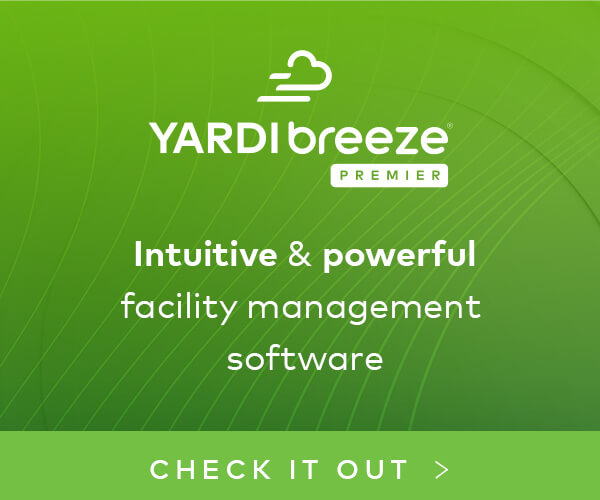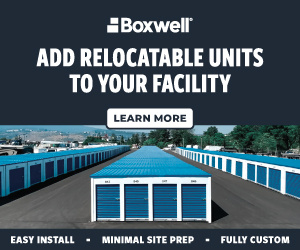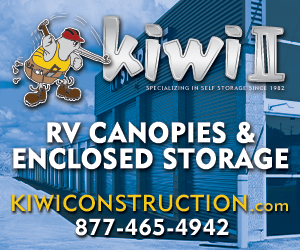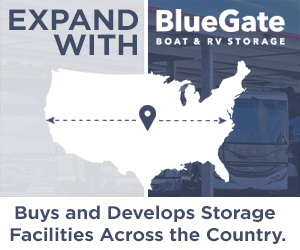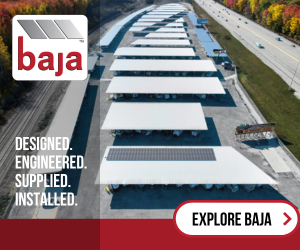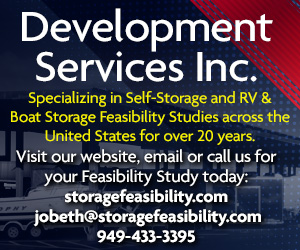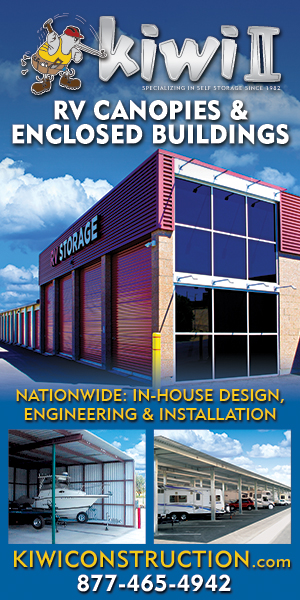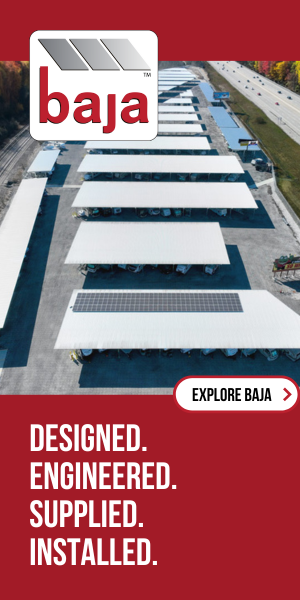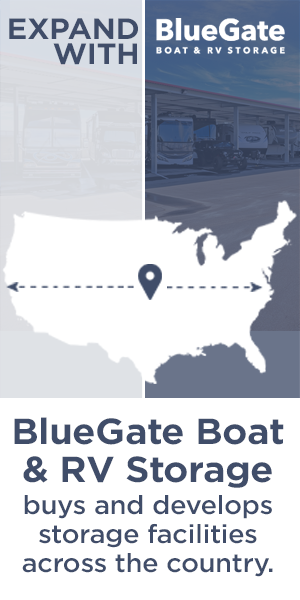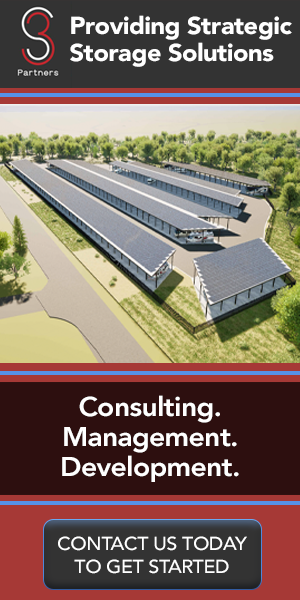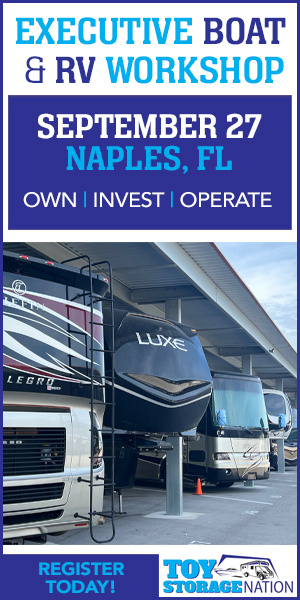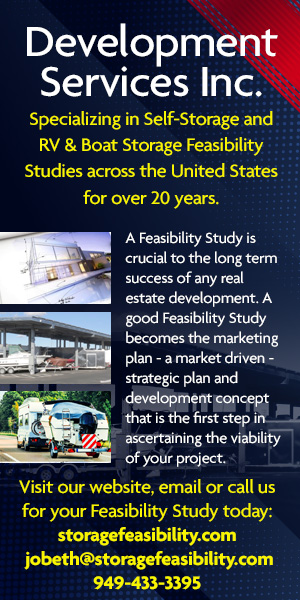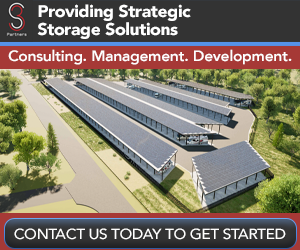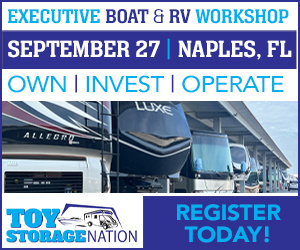Written by Chris Koenig, President, Pacific Property Advisors, Inc.
Until about a month ago, I was 100% convinced one could build a Class-A RV and boat storage facility in any market and make a killing, akin to an In-N-Out Burger drive-through along Highway 5 in California or a Dunkin’ (donuts) or Krispy Kreme literally anywhere. As of today, I am not a believer of this mindset, but this gives us the opportunity!
I toured a Major Storage Market (MSA) on the West Coast, which included “secret shopping” at six to nine existing RV/boat storage facilities ranging from a brand new, Class-A covered canopy facility with all the amenities under the sun (what we are trying to build), to gravel lots with a mix of open stalls and stalls with individual side-yard-type carport canopies, and all the way to old driving ranges “converted” to RV and boat storage lots with the 150-yard markers overrun with 45-degree angled parking stalls. On paper, one would think the Class-A elite facility, offering all amenities, would overtake the market of inferior products. But that’s not the case! Have you seen remoras shadowing sharks? They follow sharks and eat on the scraps. Well, based on this direct market investigation, I can say with confidence that the philosophy of, “If you build it, they will come,” should not be subscribed to for these Class-A, covered RV and boat storage projects. Don’t let this sway you, though.
There are several factors that I have observed with a fellow colleague during this tour.
Location, Location, Location
Since the beginning of time, this has been the mantra in real estate. You want to be on Main and Main! Fortunately, with this use we don’t have to be in a highly visible, high traffic location (although, it doesn’t hurt), but we don’t want to be in a high-crime or “sus” location. Sorry, I have teenage daughters. Think about it from the customer’s perspective. You could have the nicest covered RV and boat storage facility in town but if it is in a high-crime area then would you want your $400,000 RV (named “Baby” by the family) stored there? What are the odds that you’ll wake up at 2 a.m., worrying about Baby getting broken into or stolen? This defeats our purpose! So let’s start at Main and Main and work outward.
Ease of Access
I had never thought much about access until touring said location in central California, but I can say that lights, U-turns, medians, traffic volumes, etc., all factor into a customer’s decision whether to lease in your potential location. The access to this location in reference was on a very busy north-south road. The worst part though was that the left-turn onto the site’s street had a raised, concrete turn island. This was fine in our car but with a 40-foot RV or a truck towing a boat, it would pose a very real and consistent (read: annoying) threat. This is arguably a fatal flaw to any project as it is outside of your control! Look for easily accessible sites, even if it’s located a little bit further away.
Management During Lease Up is Important
I don’t judge people’s decisions, as each person makes decisions based on countless data points that I am not privy to; however, for renting storage units (for self-storage, RVs or boats) it is critical to have a personable manager pushing the pros of the project and why, “We are so much better than X across town or Y down the street.” Close the sale! Ensuring that this manager mentality and best practices are in place is crucial! This can potentially overcome an inferior location but if it doesn’t exist it will keep you struggling with your occupancy rate. To add to this point, maintaining a solid lease-up marketing budget is critical. I have no insider information on whether this Class-A site that we toured had a robust marketing budget but from my consumer research I can say I was not bombarded with Google ads to store my RV at said facility and Ms. Google should have been all over me if the ownership was spending $3,000 per month on marketing.
Cashflow is King and Perception Is Reality
A project’s failure, and this includes all real estate asset classes in my opinion, is a sea of vacancies. I experienced this in managing strip-mall retail space in the 2008-2010 crash (I feel old). Ego set aside, it made more sense to have businesses (i.e., bodies) in units operating so that other businesses thought this was a vibrant and thriving project versus a ghost town. This is not an easy pill to swallow for several reasons; although, if I have 500 stalls with 100 occupied at $200 a month and holding firm at this $200 a month rent, then I would certainly rather have an additional 200 stalls rented at $100 a month (which is $20,000 a month, by the way). I am only 60% occupied, which hurts my ego and I am getting less rent than my proforma, which twists the knife in my ego, but at least I am cash-flow positive. I have time to inch up the rents on these $100-a-month tenants to reach $200 or more. And, at least in the meantime, I have cash-flow.
Aside from the income proposition, there is the perception to the consumer. A facility that is more than 50% full has the feeling of being a safe space. A sparsely filled facility, with one out of every 10 stalls occupied, gives me and my wife the heebie-jeebies. “What am I missing? Why aren’t others storing their RVs here?” I think about this at 6 p.m., on a Friday night. If I go to a restaurant and it’s 90% vacant, what am I missing? The food must be bad. Fill the vacant spaces! Offer discounts! Get bodies in the seats!
Web Presence Is Important
I don’t want to harp on this too much but the Class-A RV and boat storage facility that would demand incredible rents in a prime location was 25% full after being open for a year. This piqued my interest. Why weren’t there more renters? While we couldn’t find one critical data point, there was one item that stood out to me like a soar thumb: Yelp. I don’t like Yelp. I like Yelp when I travel and search “brewery near me” so I am certainly a hypocrite, but I do look at photos and maybe glance over reviews with the mindset that the keyboard mafia will attack a business. Regardless, it’s something you must maintain and pay attention to. So, this facility had three reviews: two, five-star and one, one-star. The one-star review was an essay detailing an insurmountable and unbelievably negative overall experience about renting and terminating the lease (with no owner response). The five-star reviews were one to two sentences praising the facility. I don’t know about you, but I assumed these were from friends and family (I have no data to support this). The name of the business was also (a) unclaimed on Yelp; and, (b) had the city misspelled on the Yelp page. These are two basic things you would want to get a grip on for a new business in town. And, this is further proof that the “If you build it they will come” philosophy isn’t 100% true.
Due Diligence Matters
I won’t plug Jo Beth White, but I will plug her here because due diligence matters! The above referenced items should have been signs that this location will struggle but needs X, Y and Z to overcome its challenges. Thus, X, Y and Z were neglected. If you looked at this MSA from a mile-high view you’d see properties on the opposite side of town were inferior in several categories, yet they were 80% to 90% full and expanding. Opportunity knocks, right? Not necessarily. People won’t commonly uproot and drive across town for 20 minutes to a significantly inferior location simply because it has “nicer” accommodations. We must stick to the age-old due diligence practices. Location matters, access matters, amenities matter. Don’t be blind to this!











